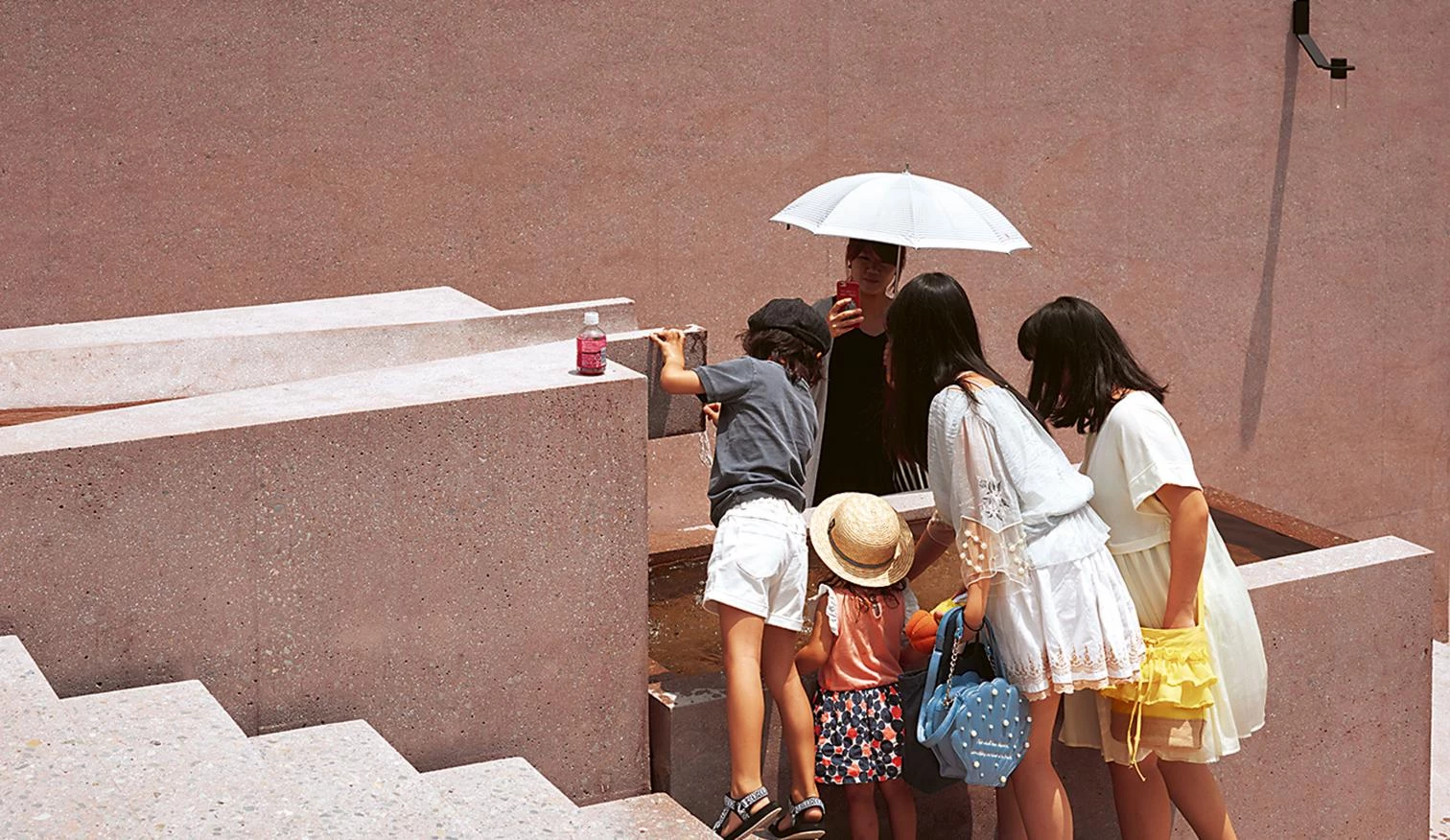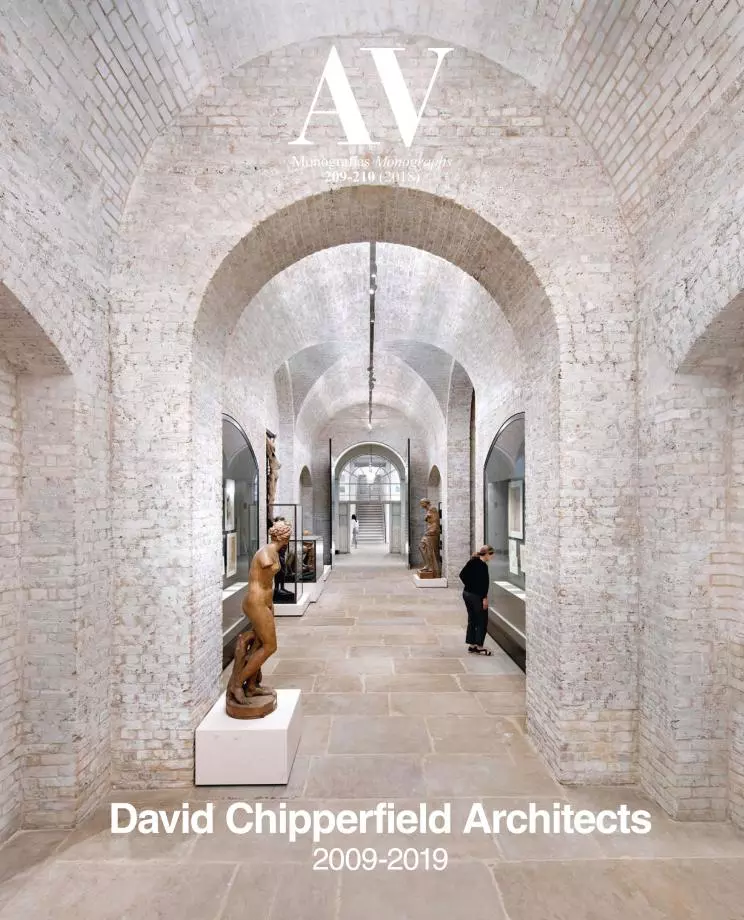
The construction of continuity extends seamlessly with the celebration of community. If the first years of David Chipperfield’s career were marked by the persistence of material language and the invariable respect for context, this period of full maturity is interwoven with the thread of civic commitment. This commitment is expressed in his exemplary interventions in heritage, where the dialogue with history expresses the desire to give shape and relevance to community memory; it can also be found in his masterly projects for museums, which offer a neutral, luminous frame for art and culture, opening up these precincts to the society that creates them; it is present as well in his commercial or corporate buildings, which aside from addressing their responsibilities towards employees, clients, and the environment, also generously respond to the demands of the public domain; we find it of course in the exquisite materiality of so many of his works, which testify at once to his constructive skill, to his respect for the anonymous wisdom of craftsmanship, and to his effort to improve civic resilience with lasting architectures; and it appears, finally, in his residential developments, which reconcile private intimacy with public presence, celebrating everyday life to place everything that is shared by people in the heart of the city.
If these aspects of commitment and celebration pervade the work that from the studios of London, Berlin, Milan, and Shanghai reaches countless latitudes and time zones, the architect David Chipperfield – who is actively involved as such in institutions like the Sir John Soane’s Museum or the Royal Academy of Arts – becomes citizen David Chipperfield when he decides to participate in civic debates in Great Britain or Germany, and even more so when he launches a foundation in Galicia, where he has spent his holidays over the past decades, to contribute to the conservation of its landscape by promoting sustainable development, in a unique metamorphosis from visitor to activist that speaks eloquently of the ethic dimension of his participation in the life of a community. That intervention in collective issues is not strange for architects, whose work in civic spaces gives them a very broad view of the needs and interests that converge in political and urban decision-making; but it is less frequent at a time that has seen professionals abdicate their public responsibility, and all this makes the commitment of the architect with community particularly valuable. He directed the 13th Venice Biennale under the title ‘Common Ground,’ and this motto is indeed appropriate both for his persona and for his oeuvre.
Luis Fernández-Galiano






